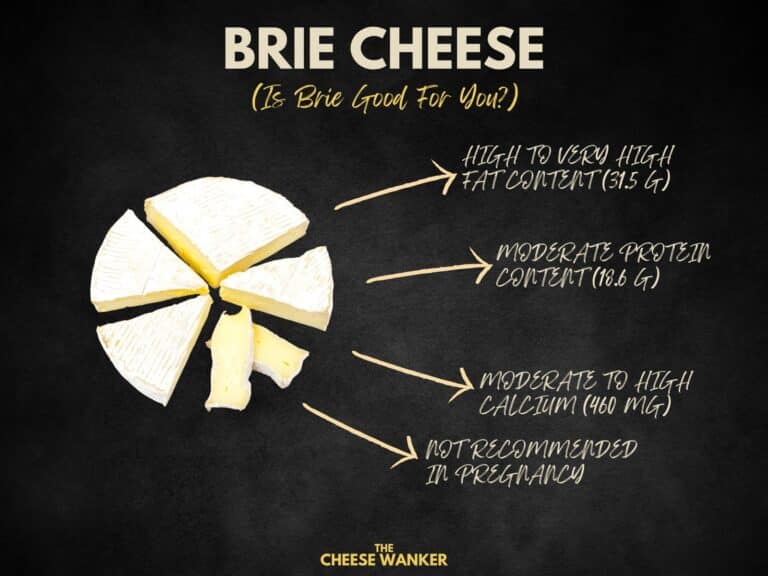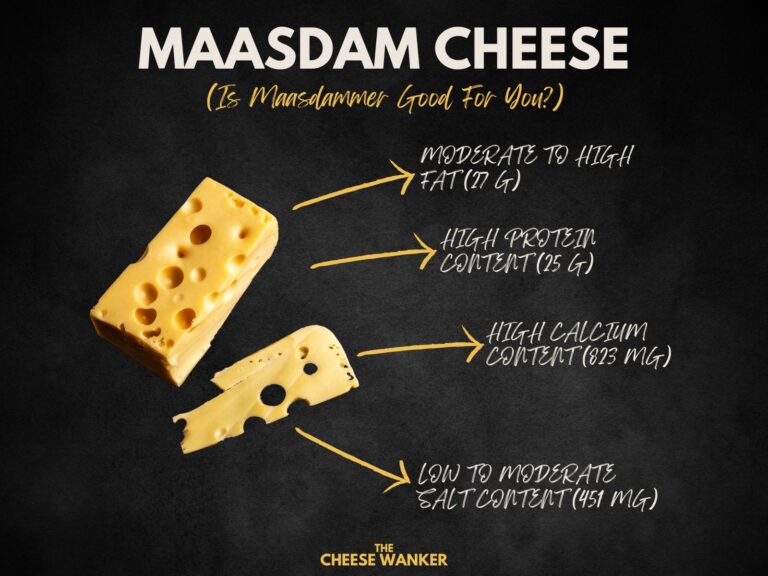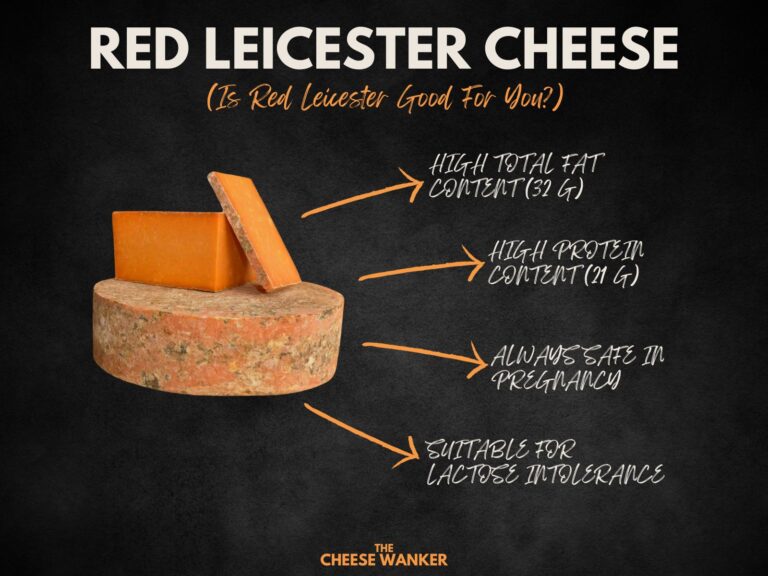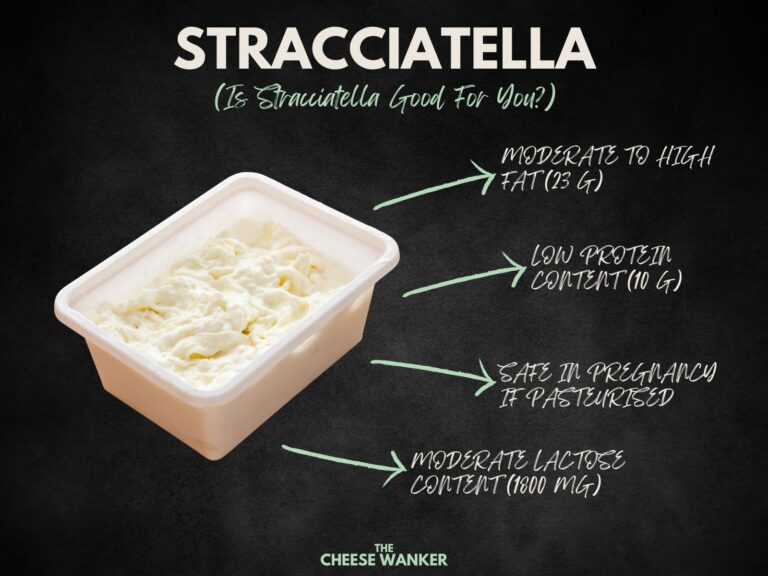With eight different DOP stamps, Pecorino is easily Italy’s most protected cheese. And, without any doubt, Pecorino Romano is the most famous version of this grana-style sheep’s milk cheese. Moreover, this cheese is so versatile that it is ubiquitous throughout Italy both as a table cheese and an ingredient for cooking. But is it actually good for you? Read on to learn about the nutrition facts for Pecorino Romano.
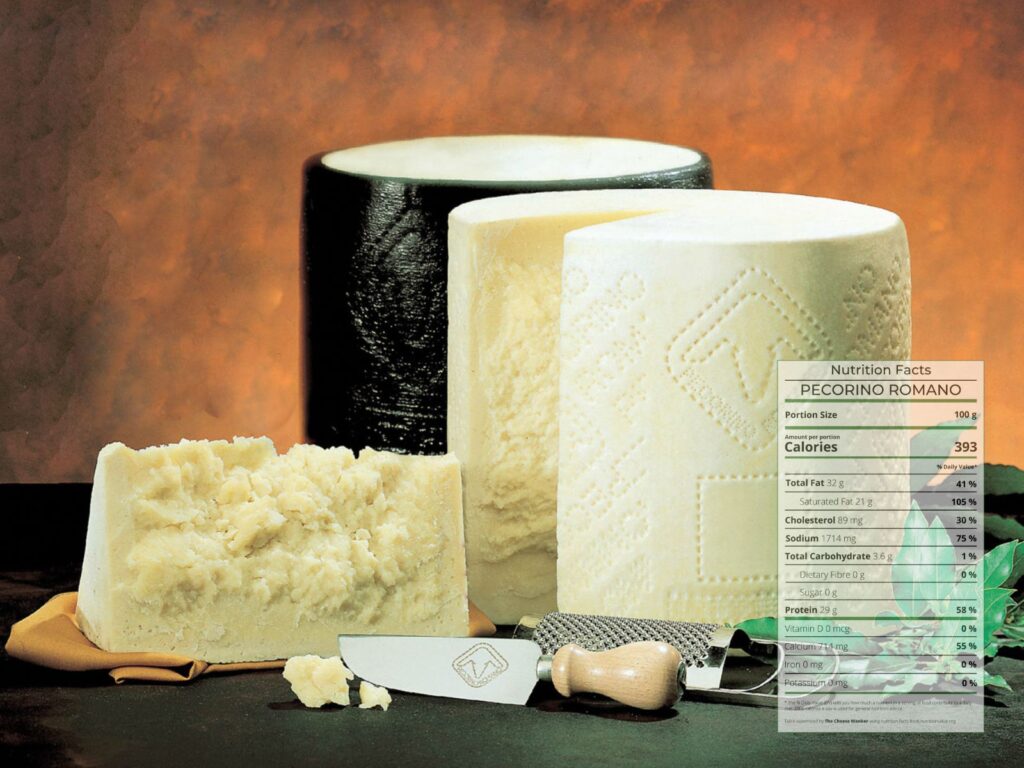
SEE ALSO: Nutrition facts for popular world cheeses in The Cheese Wanker’s index →
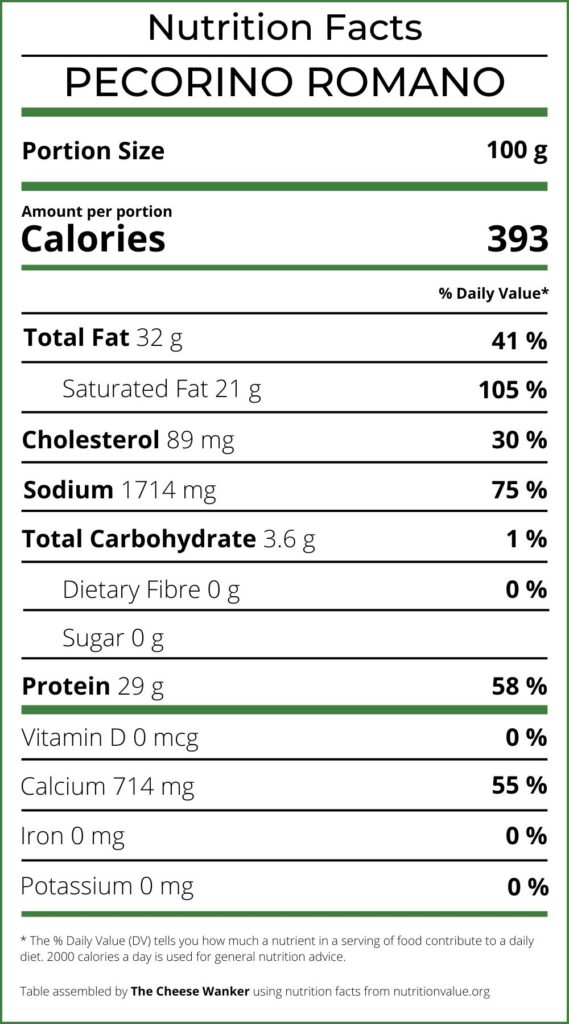
Country of origin
Italy
Type of Cheese
Milk
Sheep
Examples
Pecorino Romano, Pecorino Sardo, Pecorino Toscano, Pecorino Siciliano
Safe
Keto Diet, Lactose Intolerance, Pregnancy
Avoid
Milk Protein Intolerance, Low Sodium Diet
Nutrition Facts Summary for Pecorino Romano Cheese
Due to its high fat and low carbohydrate contents, Pecorino Romano is a great cheese for people following a ketogenic diet. Moreover, like other pressed cooked cheeses, Pecorino has low to no detectable levels of lactose. As a result, even the most sensitive lactose intolerant cheese lovers tend to be able to digest this Italian cheese comfortably.
The various versions of Pecorino can be made with either raw or pasteurised milk. Due to their low moisture content and long aging, they are all considered to be safe to eat during pregnancy. However, due to its very high sodium content, this pressed cheese is not suitable for people who have high blood pressure and are on a low sodium diet.
References
Overall nutritional content
The nutritional content of cheese in our table comes from the USDA Food Data Central Repository, the Australian Food Composition Database and cheese manufacturers. We realise that there can be variations between different brands and producers. Hence, the numbers we have used are averages.
Fat content
Our fat RDI data comes from Cleveland Clinic’s Healthy Fat Intake resource.
Type of fat in cheese as per Harvard T.H. Chan’s The Nutrition Source.
Protein content
Our protein RDI data comes from Harvard Medical School’s Harvard Health Publishing.
Cholesterol content
Is There a Correlation between Dietary and Blood Cholesterol? Evidence from Epidemiological Data and Clinical Interventions? – Maria Luz Fernandez and Ana Gabriela Murillo
Saturated fat, carbohydrate, and cardiovascular disease – Patty W Siri-Tarino, Qi Sun, Frank B Hu and Ronald M Krauss
Effect of cheese consumption on blood lipids: a systematic review and meta-analysis of randomized controlled trials – Janette de Goede, Johanna M Geleijnse, Eric L Ding, Sabita S Soedamah-Muthu
Safety in pregnancy
All the advice relating to what cheeses you can eat during pregnancy in this article is based on the recommendations by health authorities in Australia, the UK and the USA. If you are unsure about what you can or cannot eat, please consult your doctor.
Australia – FSANZ, United Kingdom – NHS and United Sates of America – FDA
Lactose content
Lactose residual content in PDO cheeses
Detection of lactose in products with low lactose content
The analysis of lactose in milk and cheese products by HPLC
Food Standards ANZ Food Composition Database
Lactose & Galactose content of cheese
